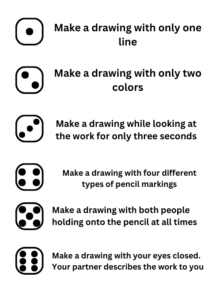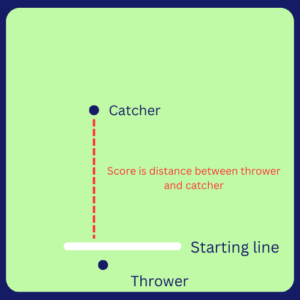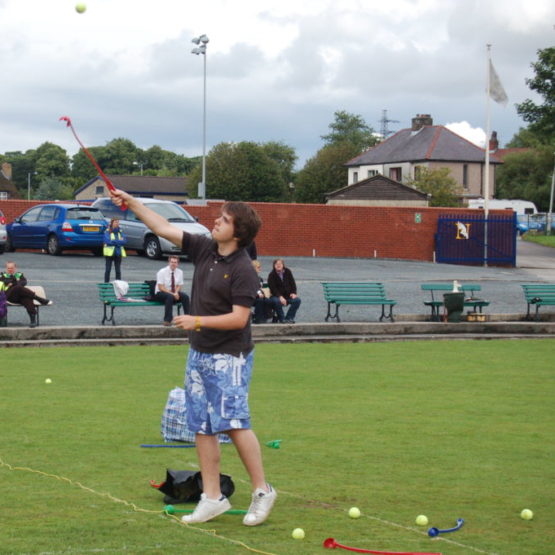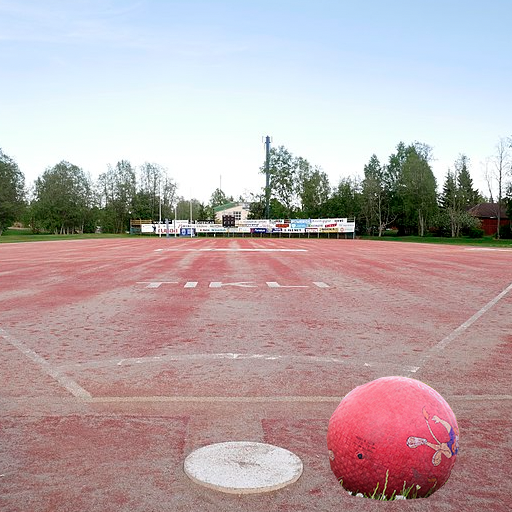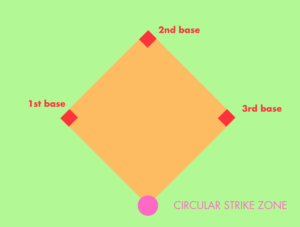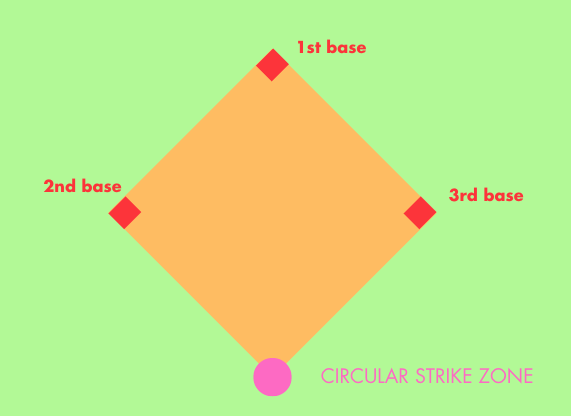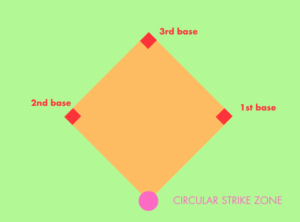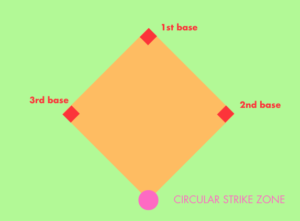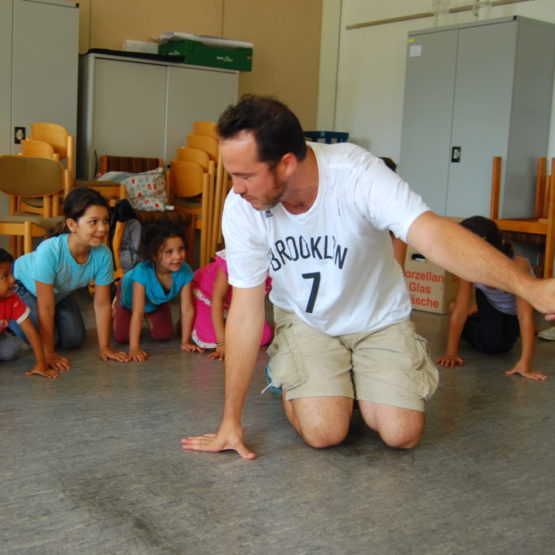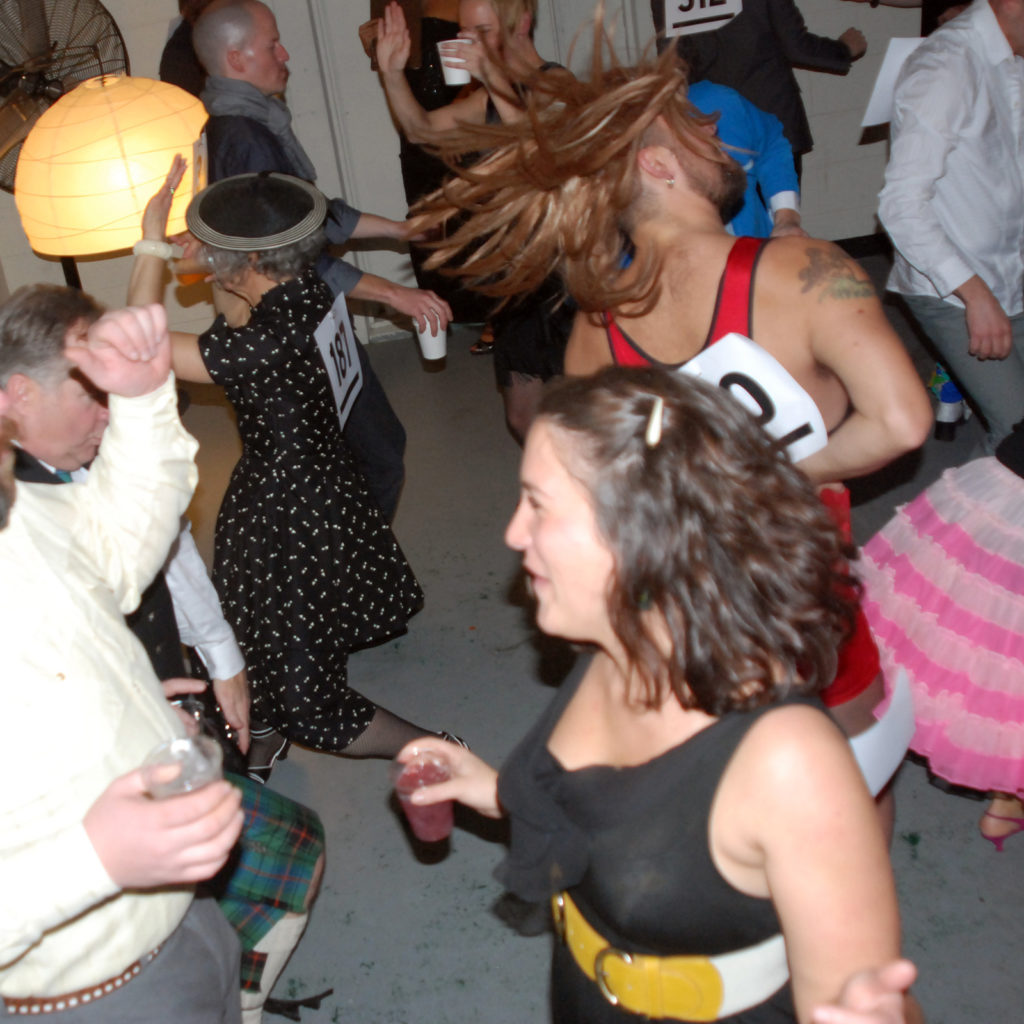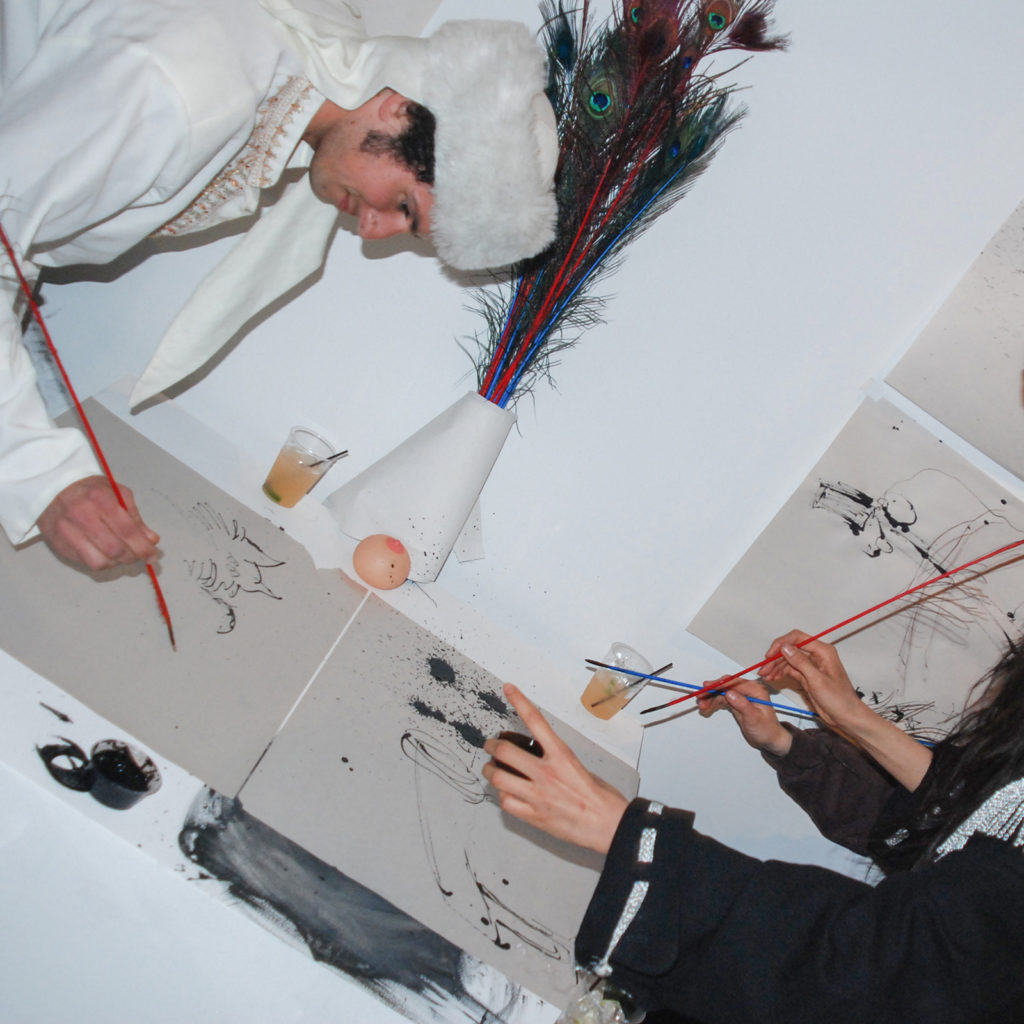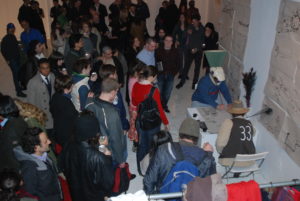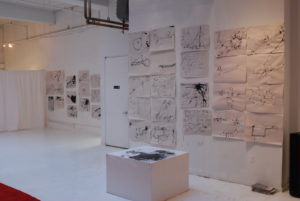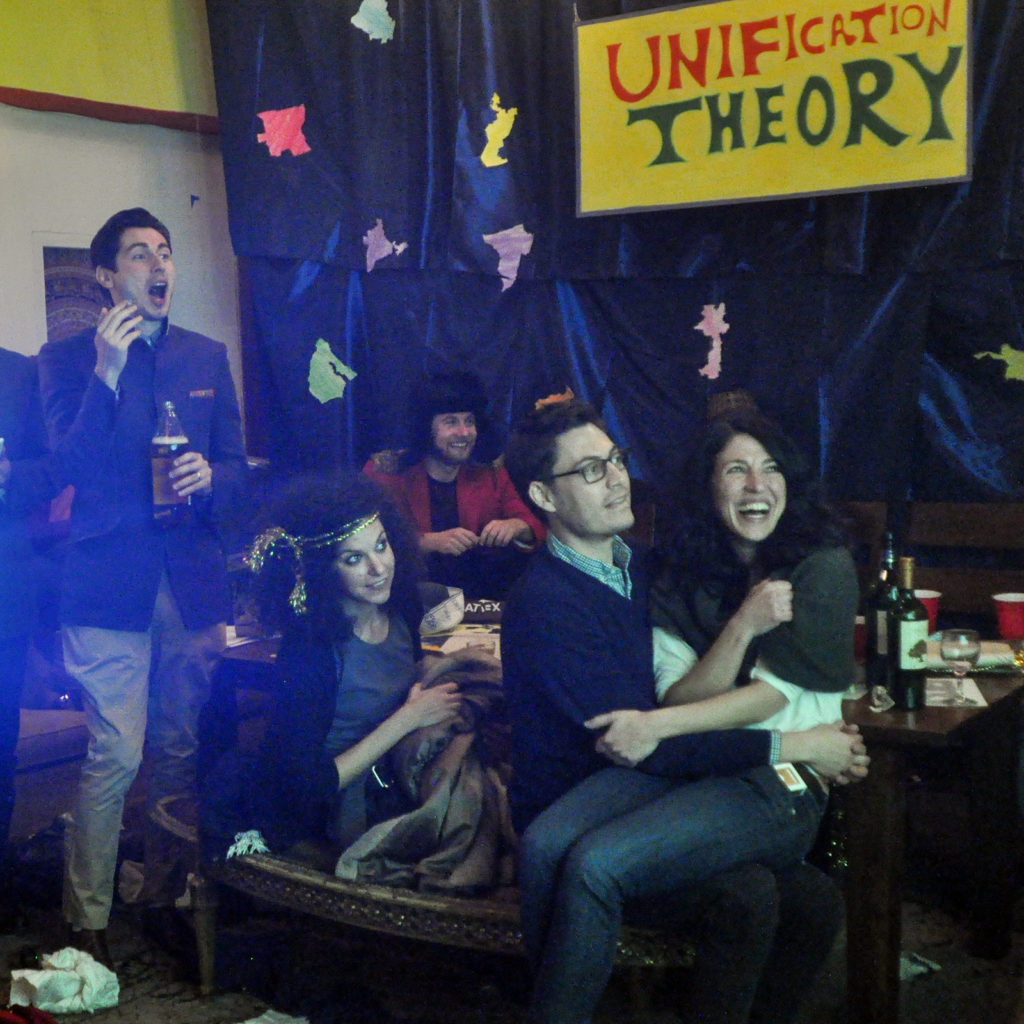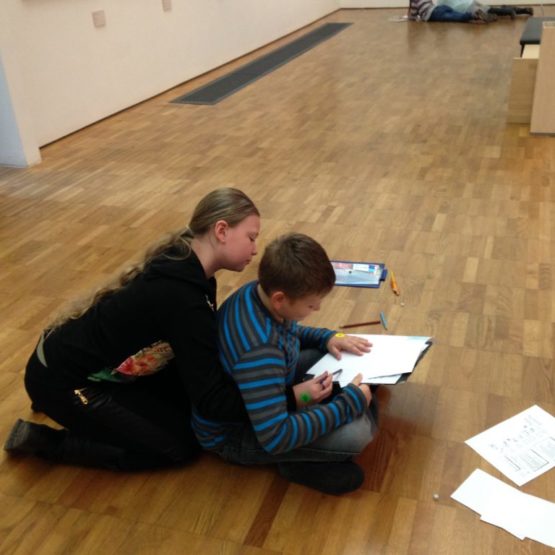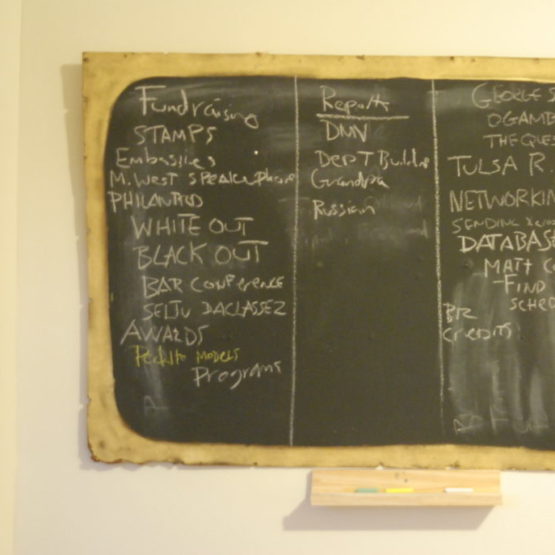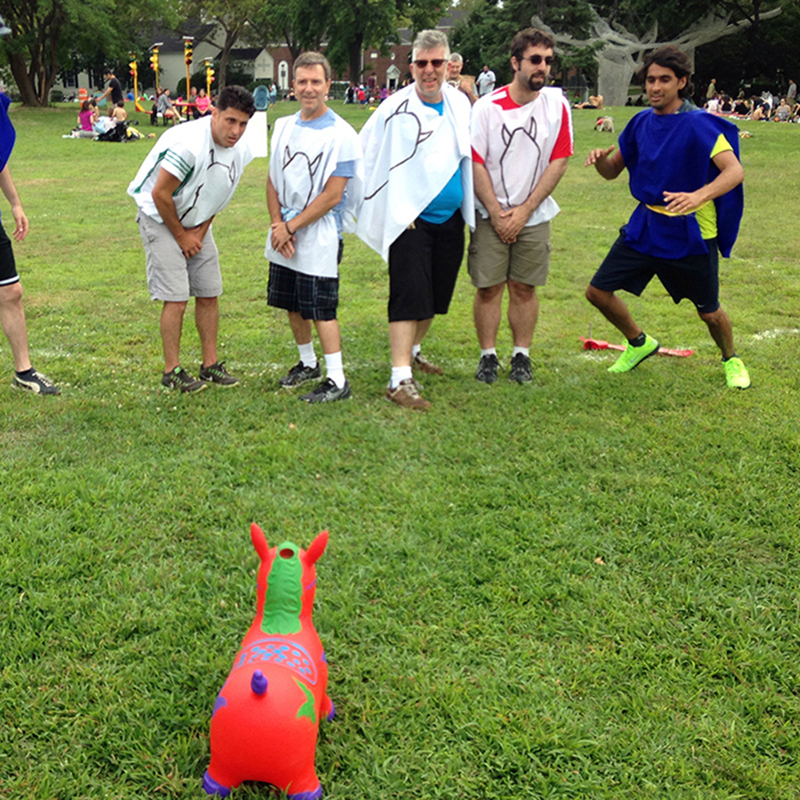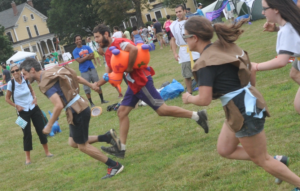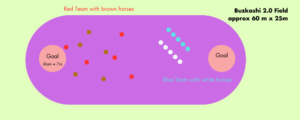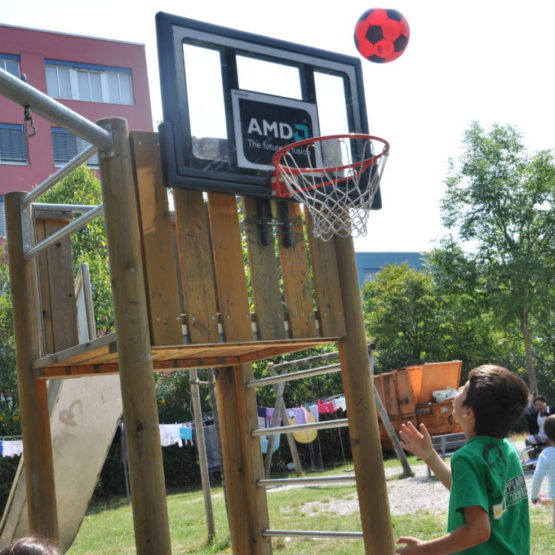Chance Sketchings
Game Type:
Art Game
Players:
As many as you want in multiples of 2
Field:
Art museum
Equipment needed:
Drawing paper, colored pencils, black markers, clipboards, 2 six sided dice. Optional: Stamp with ink pad
Time:
45 min
Rules:
Chance Sketchings is a series of drawing challenges done in pairs in an art museum gallery. The themes of the drawing challenges are collaboration, chance and constraint.
Players work in pairs to make drawings by rolling dice to determine what and how they will complete a drawing.
Players are split into groups of two and given a team number.
To start, each team receives: a clip board, paper, two six sided die, a black marker, gallery map and level one instructions
There is a base station for the game- teams check in before each task to receive materials, and check in after the task is completed to hand in their work and get it approved. All team members must check in and have all work approved to advance to the next level.
After you complete a level, you will ‘unlock’ more materials that you can use in your drawings.
For every level, teams will roll both dice to determine which gallery they go to. In level one teams receive a map with different numbers for galleries. Once they determine the gallery to go to, players may select any artwork to draw in that gallery.
Some levels require team members to collaborate, others will ask players to work by themselves.
Dice Roll- Random Constraint
Once an artwork is selected players roll the dice again to determine the constraint they will use to make the drawing.
See example sheet for constraint suggestions
Constraint Card
Every time you make a drawing, you must fill out the constraint card.
This card asks you to write or circle (if pre written) which constraint you used in your drawing. for example, if you are on the geometric shapes level- you must write geometric shapes, and then the particular shape that you got with your dice roll, for example- circle. If you do not have constraint cards for each drawing, you may not advance to the next level.
Your level instructions have examples of what you need to do, but if you have questions ask someone at the base.
If you finish all of the levels you may try the advanced level, which will require more creativity.
EXAMPLE CONSTRAINT CARD
Each art museum is different, so anyone reproducing this game would write their own constraints for the different levels. This is an example of a constraint card used on a basic level. Most constraints involve restricting the artists ability to use their full range of tools or physical ability, therefore challenging them to come up with innovative artistic solutions.
